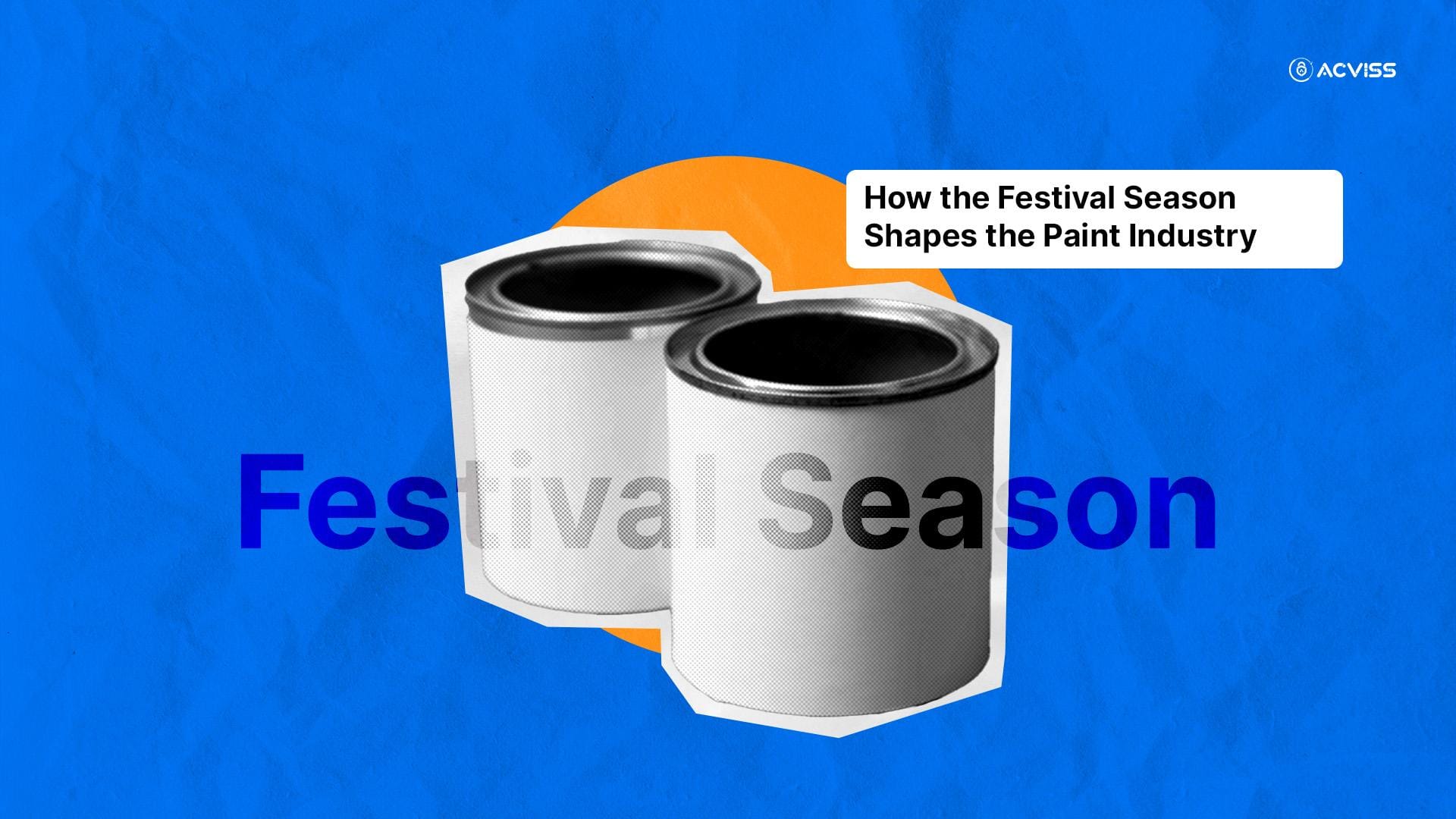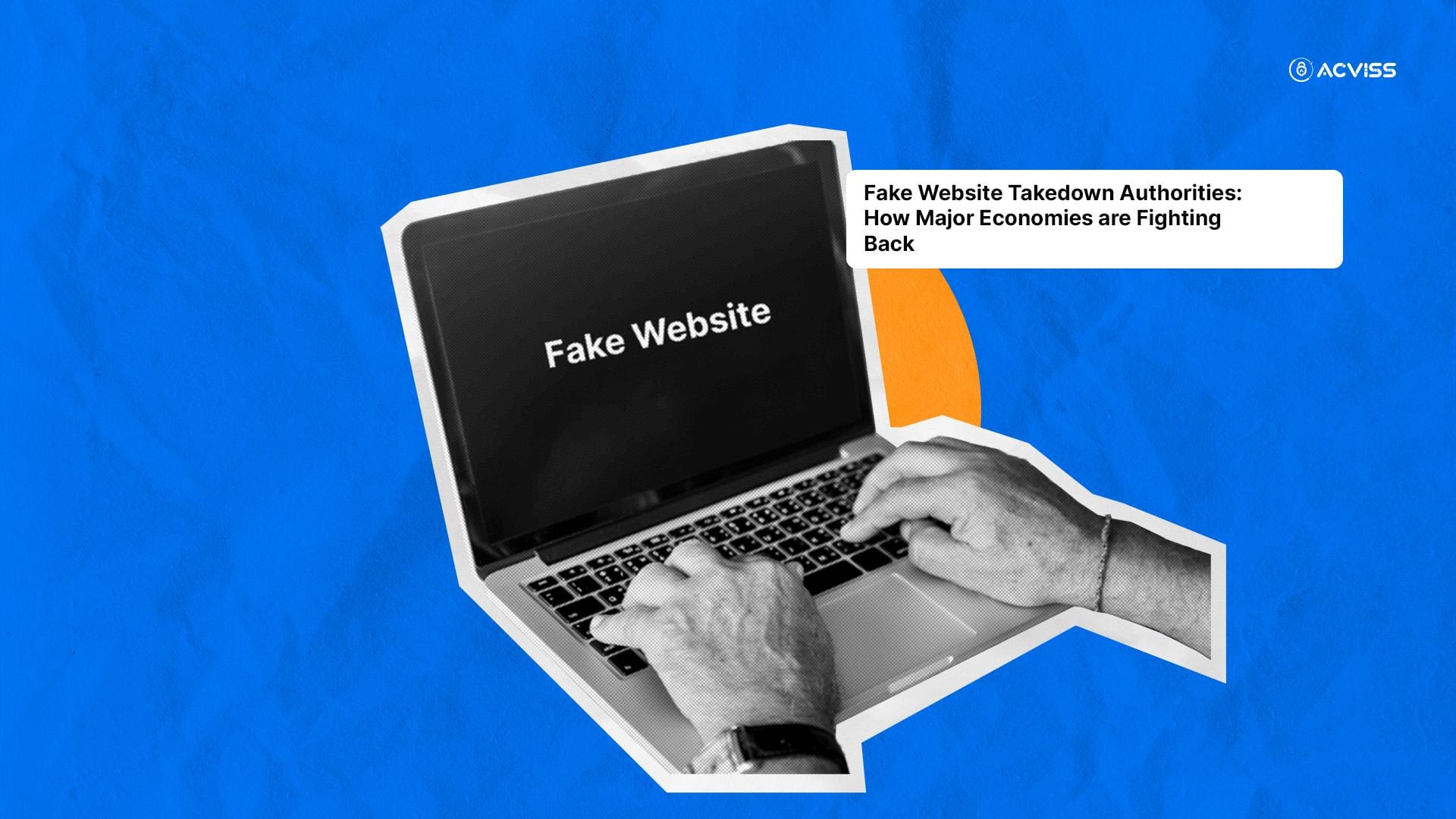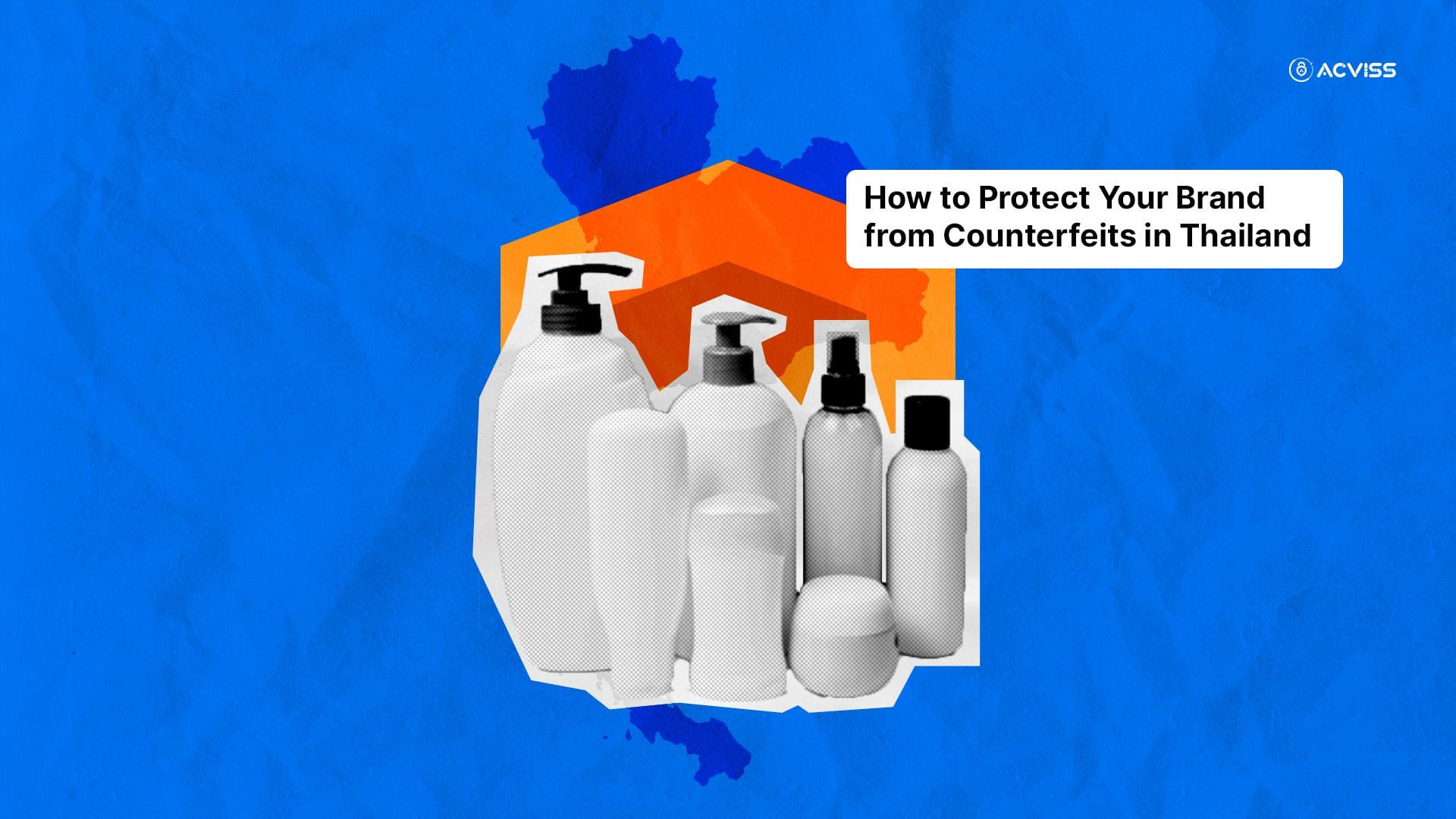
Festivals in India are more than cultural celebrations. They are markers of transformation, aspiration and renewal. The sight of homes being freshly painted before Diwali, or shopfronts decorated for Ganesh Chaturthi, is almost a ritual in itself. The festival season is when the paint industry sees one of its most significant sales surges, driven by emotion, tradition and commerce working hand in hand.
This blog takes a deep look at how Diwali, Dussehra, Ganesh Chaturthi and other major festivals affect the paint industry. It also explores how the boom in seasonal demand requires not just supply chain efficiency, but also effective brand protection and anti-counterfeiting solutions. For brands in the paint sector, the festival months are both an opportunity and a challenge.
Why Festivals Matter for the Paint Industry
Paint as a Symbol of Renewal
Painting homes during festivals has long been a tradition across India. The act of repainting or touching up walls is not merely cosmetic. It signifies the renewal of space, the welcoming of prosperity, and the cleansing of negative energy before ushering in festive positivity. Diwali, often called the festival of lights, is when families want their homes to look their absolute best.
A recent survey by Axis My India revealed that nearly 31% of urban households plan home improvements, including painting, during the Diwali season, showing how deeply this ritual is embedded in consumer behaviour.
Similarly, Ganesh Chaturthi preparations see entire neighbourhoods brighten up with fresh coats of paint, not only in homes but also in community pandals and public spaces. Dussehra and Navratri bring the same energy to both personal and commercial spaces. For the paint industry, these cultural practices translate into a seasonal spike in sales, both for decorative paints and speciality coatings.
The Emotional Trigger Behind Sales
The decision to repaint is not always practical but largely emotional. Brands that tap into this sentiment through their marketing campaigns often find themselves ahead of the curve. Asian Paints, for example, attributes a significant share of its annual decorative paint sales to the pre-Diwali demand, with festive advertising campaigns driving visibility and recall.
The Sales Surge During Festive Seasons

The Pre-Festival Rush
Most paint companies report a marked increase in demand starting two to three months before Diwali. According to industry estimates, up to 40% of decorative paint sales in India are concentrated around the festive months of September to November. Dealers and distributors begin stocking up well in advance to cater to this surge. For premium paint categories, particularly those offering washable or luxury finishes, sales are at their peak during these months.
Urban vs Rural Dynamics
While urban households drive demand for premium paints, rural areas see increased uptake of more affordable options. As per industry reports, tier-II and tier-III cities contribute nearly 50% of overall decorative paint sales during festivals, underscoring the importance of inclusive pricing strategies. Both markets, however, align with the same festive logic: a fresh coat of paint before welcoming the season’s celebrations.
The Commercial Angle
It is not just households that contribute to this surge. Businesses also see festivals as an opportunity to refurbish stores, repaint shopfronts and decorate commercial spaces. A report by CRISIL highlighted that commercial repainting contributes up to 15% of festive season sales in metros, as malls, hotels and restaurants invest heavily to attract customers.
Supply Chain Management in the Festival Season
The spike in seasonal demand puts significant pressure on the paint industry’s supply chains. Paint manufacturing is not just about blending colours; it involves sourcing raw materials, managing inventory, and ensuring product traceability across multiple nodes.
During festivals, a delay of even a few days can cost brands significant revenue. For example, paint shortages during the 2022 Diwali season were estimated to have cost smaller retailers up to 8–10% in lost sales due to supply disruptions. Distributors expect timely deliveries, and customers, driven by emotion, are less forgiving of shortages.
This is where track and trace technologies become vital. By enabling better visibility across the supply chain, brands can optimise logistics, reduce bottlenecks, and meet seasonal demand without disruption.
The Growing Risk of Counterfeits During Festivals

The paint industry is no stranger to counterfeiting. According to FICCI CASCADE, the counterfeit and smuggling market across FMCG products, including paints, leads to losses worth over ₹1 lakh crore annually. With festival demand peaking, counterfeiters often flood the market with lookalike products.
These fakes are not just damaging to brand reputation but also harmful to consumers, as substandard paints can cause long-term structural and health issues. The festive season, when consumers are in a rush to make purchases, creates the perfect environment for counterfeiters to exploit. Lower vigilance, higher demand and fragmented distribution networks make it easier for fake products to infiltrate both offline shops and online marketplaces.
The Role of Brand Protection Solutions
For brands, investing in brand protection solutions during this period becomes non-negotiable. From product authentication to brand verification, every layer of defence helps ensure that only genuine products reach consumers. Certification technologies such as non-cloneable security codes can help customers verify the authenticity of their purchase instantly, offering peace of mind. This is where solutions like Certify are relevant, providing a seamless product verification system to build trust.
On the digital front, brand impersonation is rampant during festivals, with fake listings and fraudulent ads becoming common on e-commerce platforms. A 2023 report by Redseer Consulting revealed that over 20% of festive-season shoppers encountered counterfeit or misrepresented products online. Online brand protection solutions, powered by advanced AI and machine learning, help scan the digital landscape for such threats. (Truviss, for example, assists in brand authentication by identifying and removing counterfeit product listings from online platforms.)
IP and Trademark Protection During High-Demand Periods
Festivals also underscore the importance of IP protection for paint brands. Trademark infringements, lookalike packaging and deceptive labelling are all more prevalent during this time. In fact, the Indian Paint Association has reported multiple instances of smaller counterfeit players using trademark-infringing labels to confuse consumers in rural markets.
Strong trademark protection and robust IP strategies become crucial for ensuring that brand equity is not diluted by opportunistic counterfeiters. By combining legal safeguards with modern anti-counterfeiting solutions, brands can safeguard their identity across both offline and online channels.
Future Outlook: Technology as the Enabler

The paint industry is increasingly turning towards technology not just to manage supply chains but also to enhance customer trust. Blockchain-based product traceability solutions, integrated with product authentication features, are emerging as game changers. According to a Deloitte report, brands adopting blockchain-enabled track and trace systems reported up to a 60% reduction in counterfeit infiltration across their supply chains.
For brands, the adoption of such technologies is no longer an optional add-on but a strategic necessity. As consumer awareness of brand protection and product authentication grows, companies that demonstrate transparency and trustworthiness will secure long-term loyalty.
Conclusion
Festivals remain one of the most powerful sales drivers for the paint industry. They bring together tradition, aspiration, and consumer behaviour in a way that few other occasions can match. Yet with this opportunity comes heightened risks: supply chain pressure, counterfeit infiltration, and the constant threat to brand integrity.
By focusing on supply chain management, adopting track and trace technologies, and leveraging both offline and online brand protection solutions, paint companies can not only capture festive demand but also safeguard their reputation. The integration of product verification systems and advanced anti-counterfeiting solutions ensures that consumers always receive authentic, trusted products.
For paint brands, the festive season is not just about brighter walls but also about building stronger, more resilient businesses.
Interested to learn more? Get in touch with us today.




